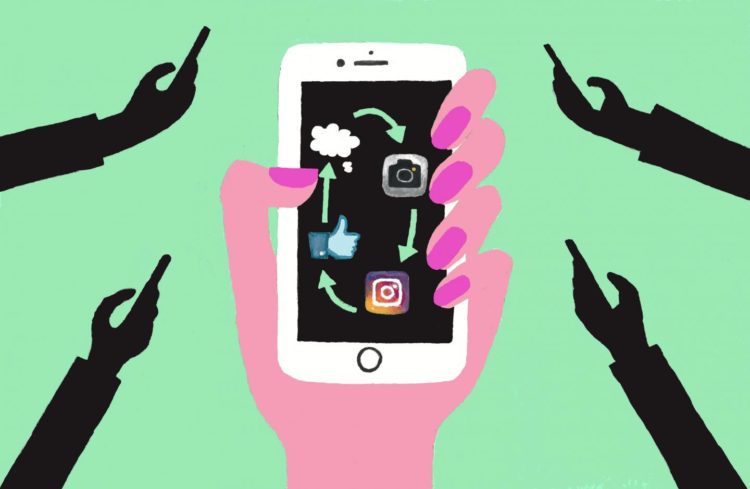
Credit: Lovisa Sköld
Social media has changed how people interact. However, social media use is neither static or specifically linked to certain platforms. Emerging technical capabilities, changes in lifestyle and time management as well as the increasing possibilities to engage in online and offline interaction simultaneously affect our use of social media. Those are some of the results from a new doctoral thesis on Instagram and social media from University of Gothenburg.
In her studies, PhD-student Beata Jungselius, has been focusing on Instagram use and conducted interviews with a group of users in 2012, while five years later returning to that same group of instagrammers to understand how their use of both Instagram as well as social media in general has changed over time.
– These kinds of studies, where researchers analyze users’ own descriptions of their social media use over time are very rare. By returning to and conducting in-depth interviews with the same informants in different stages of their lives, with their varied lifestyles, occupations and family situations, I have managed to get access to their own reflections on what has affected their behaviors, attitudes and perceptions of social media over time, she says.
One of the most central factors that regulate how people use social media is related to changes in lifestyle and management of time.
– Some users described tensions within their use. For instance, someone described that on one hand she uses social media more now, but on the other hand, she is less active when doing so. Some explained that this, being less active now in terms of how they interact and post photos, has to do with having less time because of work, kids and family. Others described sort of a moral tension, as in wanting to keep up and engage with friends, but also striving to not be a person who is always on their phone, says Beata Jungselius.
Another prominent change in how people use social media has to do with privacy preferences.
– It is clear that people have moved towards keeping conversations more private. A lot of the interaction that was previously public is now taking place in closed forums, such as via direct messages, through chats or in closed groups, Jungselius says.
The changes in technical capabilities has also had an effect on use of social media platforms as the possibilities to communicate and interact had increased in 2017. In 2012, users had a more limited set of interactional resources to rely upon. In 2017, the users had access to a greater array of modes and could express themselves through text, photo and video, GIFs and stickers. In 2012 the platforms where more diversified where each and every one had their special feature, while today, all major social media platforms provide similar features.
Use of social media is always taking place in a larger context. Interaction on one social media platform is usually situated within a larger use, where the interaction evolves over different platforms. Also, according to Jungselius, users engage in a number of social media practices that are not always visible at first glance. Apart from producing, posting and interacting with content, users plan their own production and monitor other users and relate to social media even when not actively engaging with their phone. Usually, people engage in these activities simultaneously.
– Platforms become social as people interact on them. The more accustomed they become with these practices, the better they get at using them and are able to switch seamlessly between them. They monitor and reflect upon the feedback they get on their postings and take this feedback into account when planning their future activities. When using social media, users develop both technical and social skills. They become skilled social media users, says Beata Jungselius.
As we are constantly connected today, social media users develop an ability to be more or less present in an online context while interacting with someone between four eyes.
– The conclusion is that we cannot divide this behavior into being either online or offline anymore. Social media is ubiquitous and activities takes place at the same time, all the time, where people orient themselves towards these platforms as part of everyday life without necessarily logging in and updating them. This is why we need to reconsider how we talk about “social media use” and reflect upon what we really mean when we talk about “using” social media, she says.
###
Thesis: Using social media http://hdl.
Media Contact
Beata Jungselius
[email protected]
46-735-080-888
Original Source
https:/





